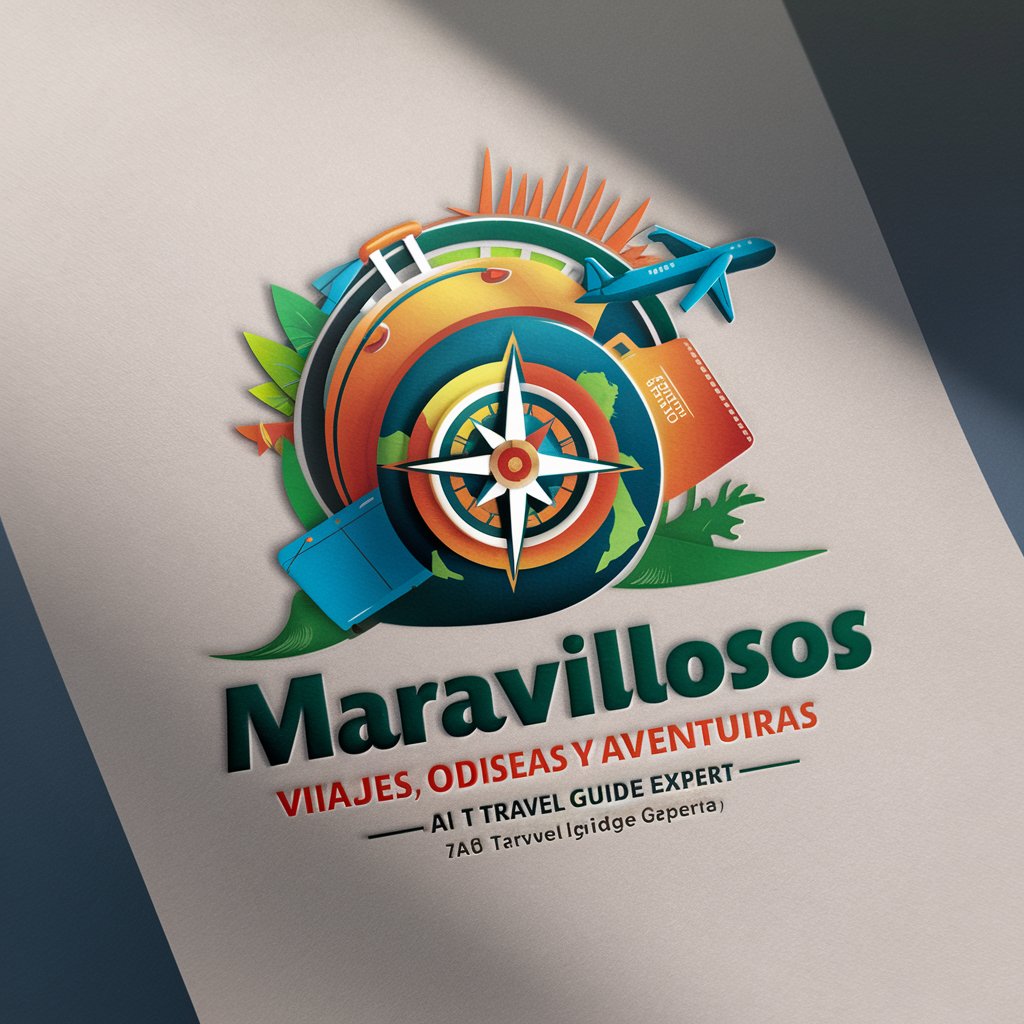Underwater Robot (ROV) - ROV Project Guide

Welcome! Let's build your underwater robot together.
Powering underwater exploration with AI
What components do you need for your underwater robot project?
Describe the depth and environment where your ROV will operate.
How experienced are you with building or operating ROVs?
What specific features or capabilities are essential for your ROV?
Get Embed Code
Introduction to Underwater Robot (ROV)
Underwater Robots, commonly referred to as Remotely Operated Vehicles (ROVs), are submersible, tethered robots designed for a myriad of applications within marine environments. They are equipped with cameras, sensors, and tools, allowing them to perform tasks ranging from underwater exploration and data collection to complex repair and recovery operations. ROVs are controlled remotely by an operator from a surface vessel or platform, using a combination of real-time video feedback and sophisticated control systems. Their design purpose is to operate in challenging underwater conditions where human divers might face significant risks or limitations, such as deep-sea exploration, oil and gas infrastructure maintenance, or underwater archaeology. For instance, ROVs have been instrumental in the discovery of historic shipwrecks, monitoring of marine habitats, and installation of subsea pipelines. Powered by ChatGPT-4o。

Main Functions of Underwater Robot (ROV)
Exploration and Mapping
Example
Discovering ancient shipwrecks
Scenario
ROVs equipped with high-definition cameras and sonar systems are deployed to map and explore unknown areas of the ocean floor, leading to discoveries like the Titanic wreck.
Scientific Research
Example
Studying hydrothermal vents
Scenario
ROVs carry out detailed studies of hydrothermal vents, collecting samples and data for analysis. This helps scientists understand the complex ecosystems and potentially life-supporting conditions in extreme environments.
Inspection and Maintenance
Example
Offshore oil and gas industry maintenance
Scenario
ROVs are used for the inspection, maintenance, and repair of underwater infrastructure, such as pipelines and drilling platforms, ensuring their operational safety and efficiency.
Search and Recovery
Example
Aircraft wreckage recovery
Scenario
In the aftermath of an aircraft crash at sea, ROVs are deployed to locate and recover wreckage or black boxes. Their ability to operate at great depths makes them invaluable in such missions.
Ideal Users of Underwater Robot (ROV) Services
Marine Researchers
Scientists and researchers focusing on marine biology, oceanography, and environmental studies benefit from ROVs by obtaining access to real-time data and the ability to explore regions of the ocean previously inaccessible to humans.
Offshore Oil and Gas Operators
Companies in the offshore oil and gas sector utilize ROVs for a wide range of applications, including the construction, inspection, maintenance, and repair of offshore structures, ensuring operational safety and regulatory compliance.
Underwater Salvage and Archaeology Teams
Salvage operators and archaeologists use ROVs to locate, document, and recover artifacts from shipwrecks and underwater sites, minimizing the risk to human divers while maximizing the efficiency of their operations.
Law Enforcement and Search & Rescue Organizations
These groups leverage ROVs in search and recovery operations to locate objects or persons lost at sea. ROVs significantly enhance the capabilities of search and rescue teams, especially in deep water or hazardous conditions.

Guidelines for Using Underwater Robot (ROV)
Begin Your Journey
Start by accessing yeschat.ai to enjoy a complimentary trial, bypassing the need for account creation or opting for ChatGPT Plus.
Identify Your Project Needs
Determine the specific requirements and objectives of your ROV project, including depth capability, maneuverability, and the types of sensors or tools needed.
Select Components
Use the recommendations provided to select appropriate components for your ROV, considering factors such as compatibility, performance, and your project's environmental conditions.
Assemble Your ROV
Follow the assembly instructions carefully to put together your ROV. Pay special attention to waterproofing, electrical connections, and the integration of components.
Test and Deploy
Conduct thorough testing in a controlled environment to ensure your ROV operates as expected. Make any necessary adjustments before deploying in real-world conditions.
Try other advanced and practical GPTs
Mon ModernHistoryTutor
Revolutionizing Modern History with AI

Mon Talent Retention
Empowering Retention with AI Insight

Maravillosos Viajes, Odiseas y Aventuras.
Personalized Journeys Powered by AI

Brofessional: Emoji Jerry
Elevate Your Messages with AI-Powered Emojis

Sustainable Business & Finance: SFDR
Empowering Sustainable Finance with AI

Knot Master
Master Every Knot, Effortlessly

Sage Scholar
Empowering Research with AI-Driven Insights

Fucked Up, Kinda meaning?
Empowering your queries with depth and precision.

The Blackjack Book
Elevate Your Game with AI-Powered Blackjack Strategies

Soccer Historian
Unlock soccer's history with AI

Little Lifeguard MD (Pediatric EM)
AI-Powered Pediatric Emergency Guidance

Ultimate Translator
Bridging languages with AI-powered precision

Frequently Asked Questions about Underwater Robot (ROV)
What components are essential for building an ROV?
Essential components include the frame, motors for propulsion, control system, power source, cameras, and sensors for navigation and data collection. Waterproofing elements are also critical.
How do I choose the right motor for my ROV?
Select motors based on the size of your ROV, the environment it will operate in, and the required thrust. Consider brushless motors for their efficiency and durability in water.
Can I use this tool for educational projects?
Absolutely, it's highly suitable for educational projects, providing a hands-on learning experience in robotics, engineering, and marine science.
What are the limits of ROV depth capabilities?
Depth capability varies significantly among ROVs, from shallow water designs for less than 100 meters to deep-sea models that can go beyond 6000 meters, depending on their construction and purpose.
How can I enhance the capabilities of my ROV?
Enhancements can include adding more sophisticated sensors, improving the power supply for longer missions, and integrating software for advanced data analysis and autonomous functions.
